Do HDMI Switches/Splitters Add Input Lag? Unveiling the Truth
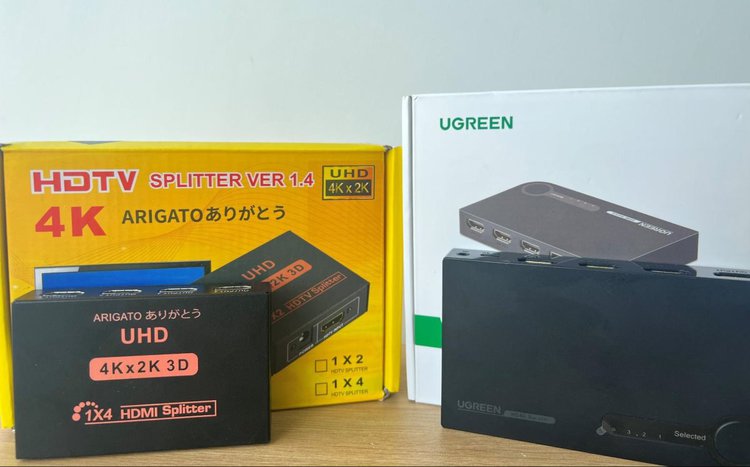
What To Know
- HDMI switches and splitters do not inherently cause input lag, and any added delay is typically negligible and unnoticeable.
- Using a high-quality, active HDMI switch or a powered HDMI splitter minimizes the chances of interference and potential lag.
- If you do encounter input lag, the issue might stem from a faulty HDMI cable, hardware errors in controllers, settings like V-Sync, or the absence of Game Mode on your TV/monitor.
Are you wondering if HDMI switches/splitters add input lag to your gaming or movie experience?
Let’s dive into this article to uncover the truth about HDMI switches/splitters and find quick solutions for any lag concerns.
Quick Navigation
Do HDMI Switches Cause Input Lag?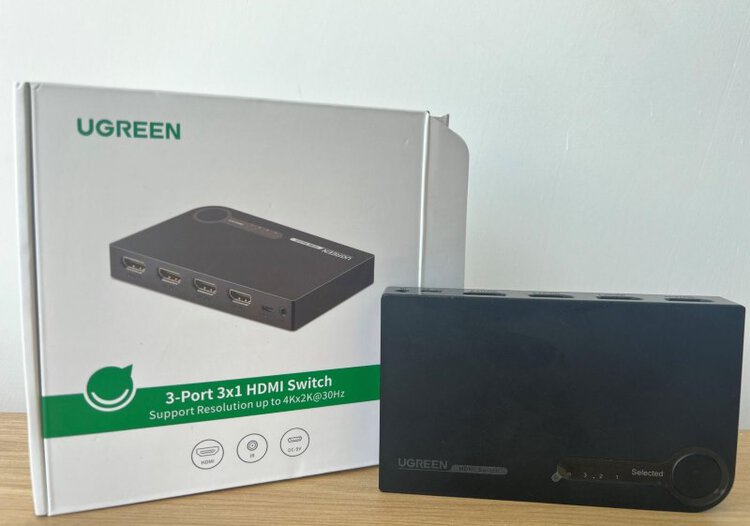
No, HDMI switches do not cause input lag.
They serve as bridges that connect multiple HDMI input sources to one HDMI output source without signal conversion.
Since there is no signal conversion taking place inside the HDMI switch, there is no latency.
To further prove this point, I connected my PS4 to my Sony TV using an HDMI switch and played the PES game for hours without noticing any delay.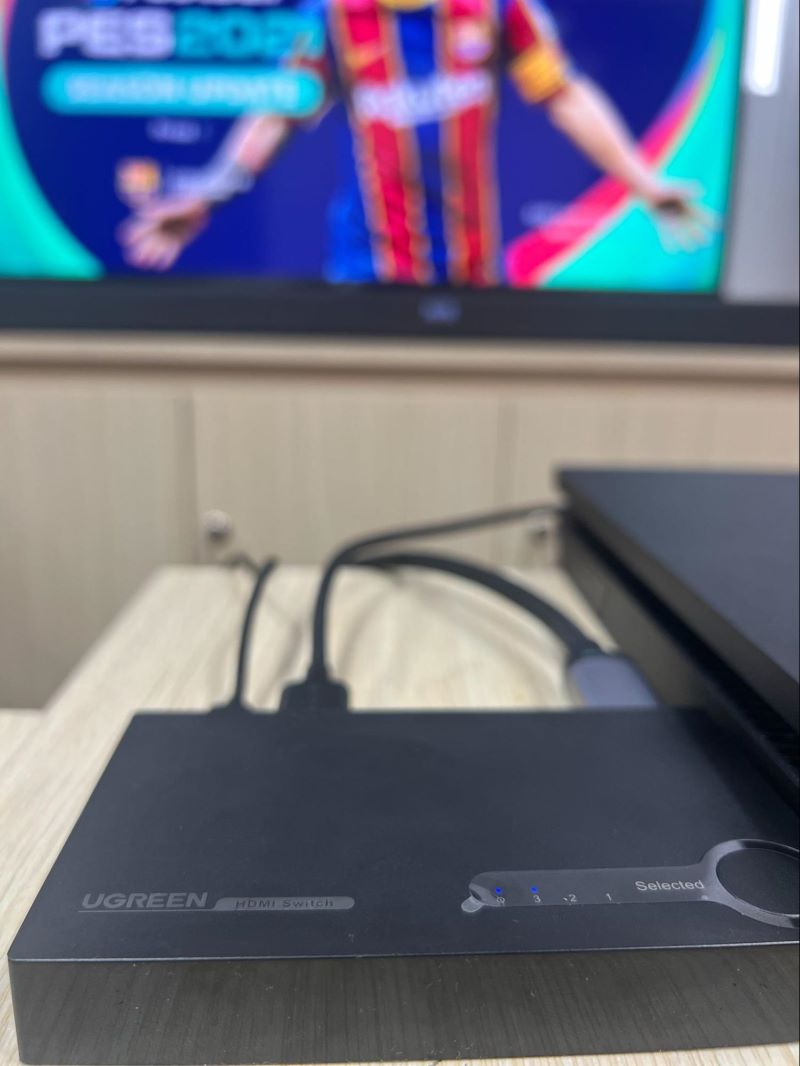
As long as you use a good-quality, active HDMI switch that runs through an AC adapter on an external power supply, you don’t have to worry about input lag.
Do HDMI Splitters Cause Input Lag?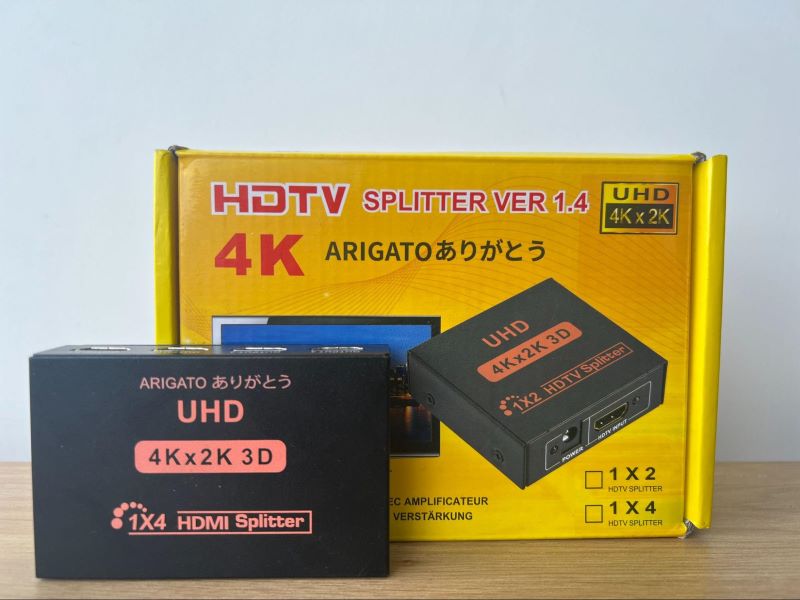
No, HDMI splitters do not cause any noticeable input lag.
HDMI splitters might add some input lag but it is no more than a few milliseconds. The delay is so short that you probably won’t even notice it.
Just like the case of the HDMI switch, I also performed an experiment by using an HDMI splitter to connect my PS4 to my two TVs, one is Sony and the other is Samsung. After an hour of playing PES matches, I did not experience any lag issues.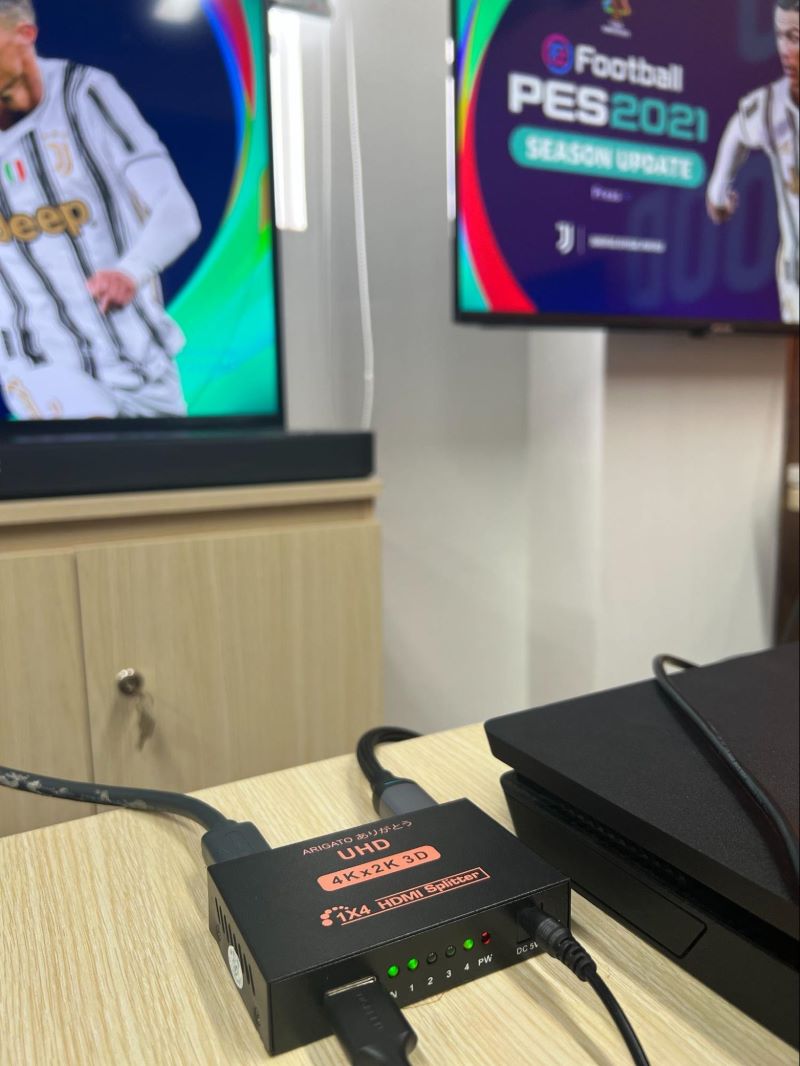
To get a stable connection, I highly recommend using a powered HDMI splitter.
The powered HDMI splitters not only ensure that the digital HDMI signals are copied in high quality but also boost the signals to reduce any chances of interference if you’re using longer cables.
Real Testing With an HDMI Splitter
I recently carried out an experiment to see if using an HDMI splitter affects how quickly a TV can react to what’s happening on a connected laptop.
For this test, I connected my laptop to my TCL Roku TV using an HDMI splitter.
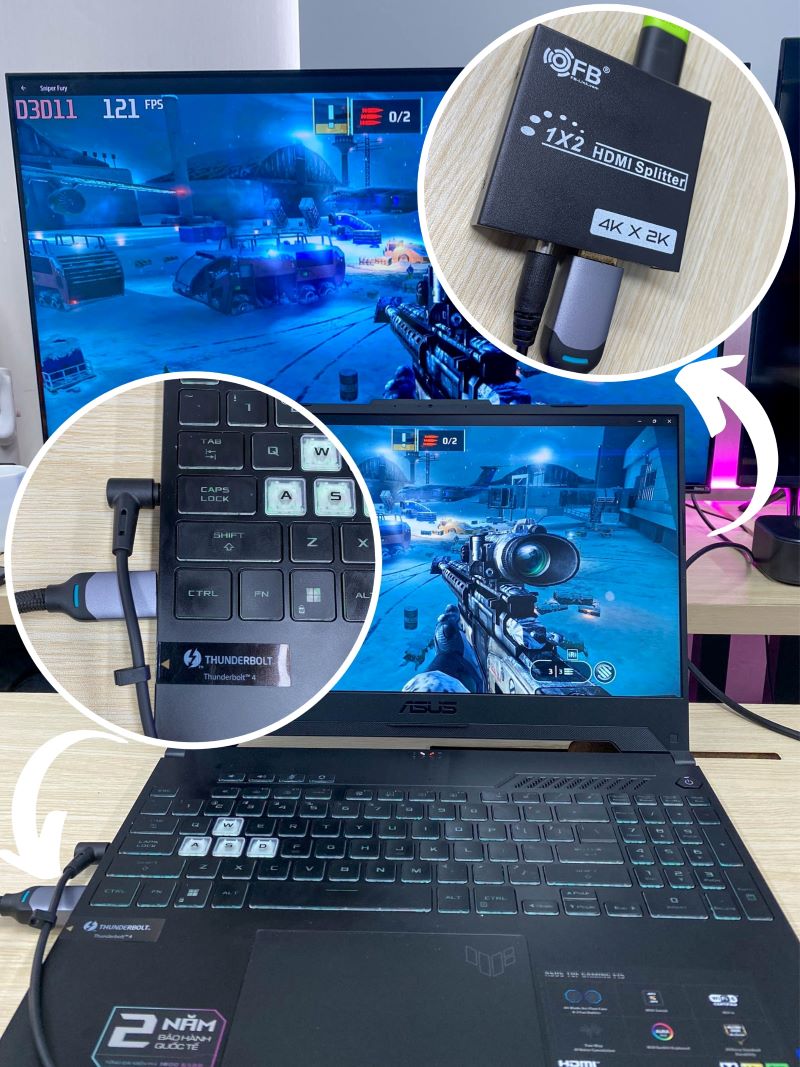
Next, I used the program MSI Afterburner to keep an eye on how fast the images on the screen were refreshing, known as the frame rate (FPS).
The outcome of this test revealed that the frame rate remained steady at 60 FPS (the standard frame rate speed, which also matches the TV’s native refresh rate).
As a result, while playing games on the TV, I didn’t experience any delays or lag.

However, I encountered a problem when the display settings for my laptop’s external monitor (in this case, my TV) were set to a refresh rate of only 30 Hz.
This setting caused the frame rate on the TV to drop by half to 30 FPS, leading to a noticeable delay, which was particularly frustrating in fast-paced or shooting games.
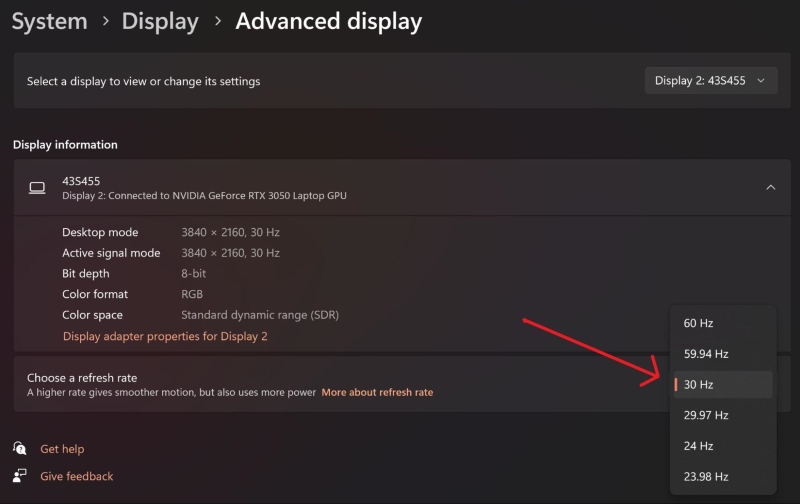
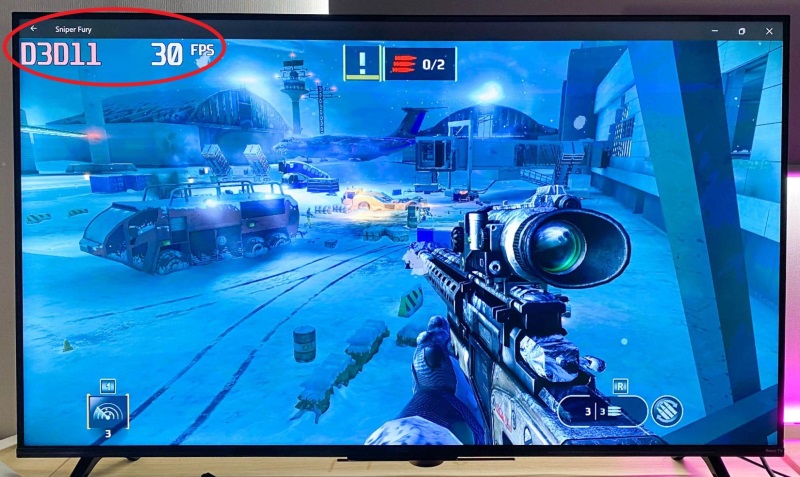
So, if you’re using an HDMI splitter to connect your PC to an external TV or monitor and want to keep your games running smoothly, setting up your PC’s display settings properly is crucial.
This ensures that your TV can keep up with the action without any lag.
How To Identify & Fix Input Lag While Using an HDMI Switch/Splitter?
A high-quality HDMI splitter or switch shouldn’t cause any delay or lag.
If you’re experiencing input lag while using the HDMI switch/splitter, try my following tips to identify which device is causing the issue.
Remove the HDMI Switch/Splitter
Start by removing the HDMI switch/splitter from your setup and connect your PC/game console directly to the TV or monitor.
If the lag issue disappears, it’s likely that your HDMI switch/splitter is defective or you purchased a low-quality one.
In case the HDMI switch/splitter is still under warranty, recall it.
Swap the HDMI Cable
Sometimes, latency can come from a damaged HDMI cable.
Try switching it with another good HDMI cable.
If the lag issue disappears, then the culprit is the HDMI cable. Replace it with a new HDMI cable.
Swap the Mouse, Keyboard, and Controller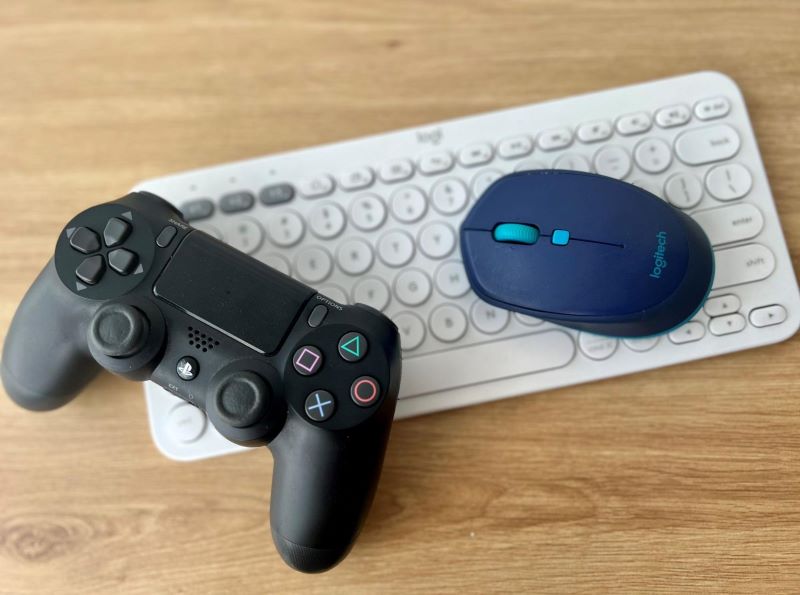
A faulty mouse, keyboard, or controller can produce lag due to hardware errors.
Replace your mouse, keyboard, and controller with good ones. If input lag persists, move on to the next tip.
Turn Off the V-Sync Feature on Your Computer/Laptop
V-Sync (Vertical Sync) is a feature that avoids screen tearing issues and is often identified as a source of input lag.
Screen tearing is when you see horizontal lines on your image because your laptop/computer’s game engine and your monitor are not in sync.
V-Sync makes them sync by matching the game engine’s frame rate to the monitor’s refresh rate.
However, V-Sync doesn’t affect how fast your laptop/computer’s CPU responds to your input commands. If you input commands faster than the monitor refreshes, you’ll see a delay.
You can try to turn off V-Sync on your computer/laptop to see whether it fixes the input lag issue.
Below is an example of turning off V-Sync on my Windows laptop through the NVIDIA Control Panel:
Step 1: Open the NVIDIA Control Panel.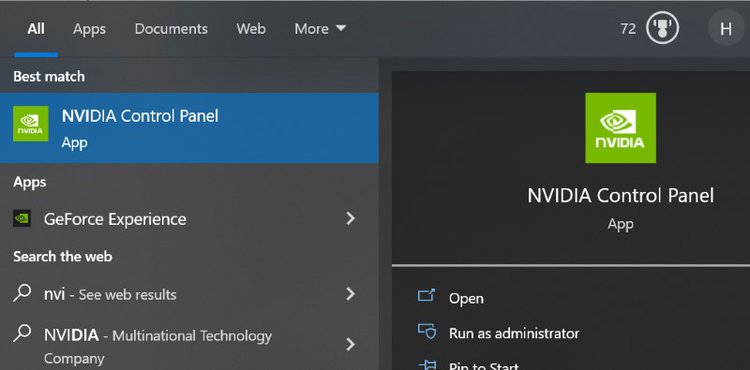
Step 2: Navigate to Manage 3D Settings, then select Vertical sync.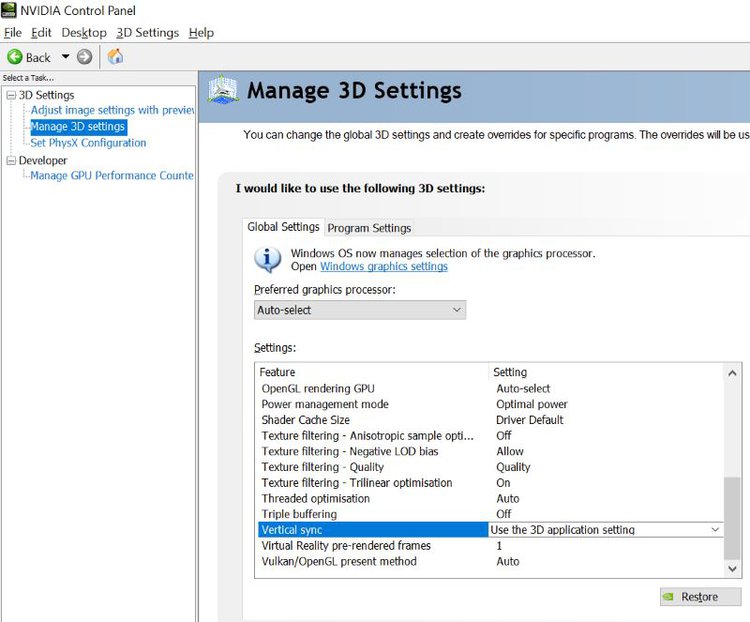
Step 3: Turn Vertical sync OFF.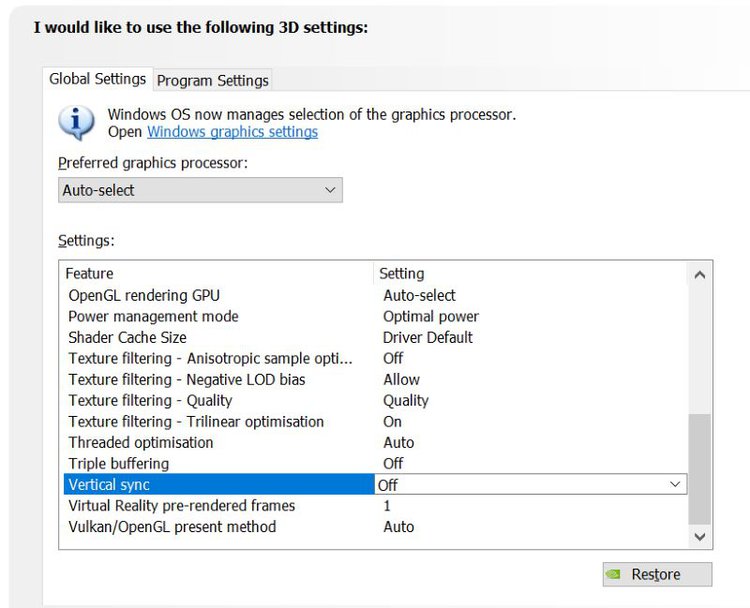
Turn On Game Mode on Your TV/Monitor
Some TVs or monitors have a Game Mode that optimizes image settings for playing games when a PC or game console is connected.
When the Game Mode is turned on, it can also minimize input lag by bypassing video signal processing.
Check your monitor or TV manual users or specs online to see if they support Game Mode.
Below is an example of turning on the Game Mode on my Samsung TV:
Step 1: Go to Menu settings, then select General.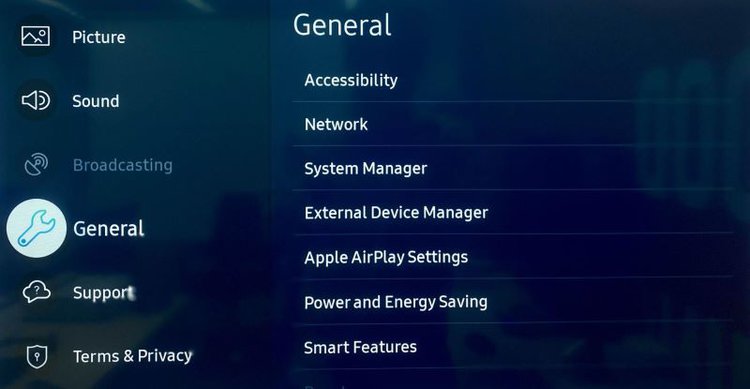
Step 2: Navigate to External Devices Manager, select Game Mode, and turn it ON.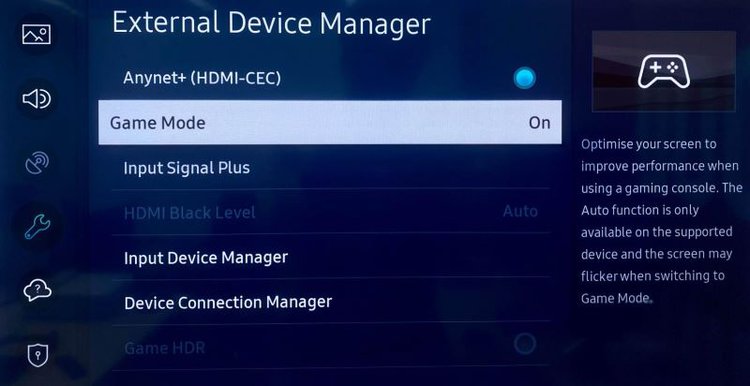
How Do HDMI Splitters Deal With Input Lag?
If you’re concerned about the potential input lag caused by HDMI splitters, this section will answer all your questions.
You should worry about input lag only if your system is non-powered. If you have a splitter that connects to a power source, you can rest assured that it is equipped with the appropriate internal equipment to duplicate the HDMI signal without disruptions or delays caused by extra processing.
That being said, since HDMI splitters are a new link in the video signal chain, you can expect some input lag. However, with a powered unit, this delay will be no more than two milliseconds. That’s just a couple of frames of 60 Hz signal.
If you’re a hard-core gamer, you should find an HDMI splitter that promises to provide the refresh rate you’re looking for. If you want to split to 120Hz screens, the capability of your splitter should match that of other components.
Conclusion
Using an HDMI switch or splitter to connect your PC or game console to a TV or monitor does not cause input lag as long as you use a good-quality, active HDMI switch that runs through an AC adapter on an external power supply or a powered HDMI splitter.
If you’re experiencing input lag, try troubleshooting by removing the HDMI switch/splitter, swapping the HDMI cable, replacing the faulty mouse, keyboard, and controller, and turning off the V-Sync feature.
Additionally, turning on Game mode on your TV/monitor can bypass video signal processing and minimize input lag.
By following these tips, you can enjoy your games or movies on a bigger screen without any annoying input lag issues.
Meet Vance. He’s a proud dad, a seasoned Electronics Engineer, and an avid tech lover. His proficiency in electronics and troubleshooting skills were instrumental in crafting Pointer Clicker. Vance is passionate about simplifying tech for those who aren’t well-versed in it.


Bro, you literally said that splitters cause no noticeable input lag. That was a bold faced lie. Hook one up (even an expensive one) and go play literally any fps. You can’t. Your aim will be a half second behind where you want.
Hi bro, we will test the case again and let you know the result. We appreciate your feedback.
Hi SlaysAlot Gaming, I just hooked up my laptop to a TV using an HDMI splitter for some FPS gaming. Contrary to your earlier comment, I didn’t notice any significant input lag. However, I did discover that my laptop’s display settings could limit the TV’s refresh rate, which might lead to the kind of latency issues you mentioned, like being “a half second behind.” I recommend double-checking your PC’s display settings. For more details and test images, please see the updated “Real Testing With an HDMI Splitter” section in my article. Thanks!